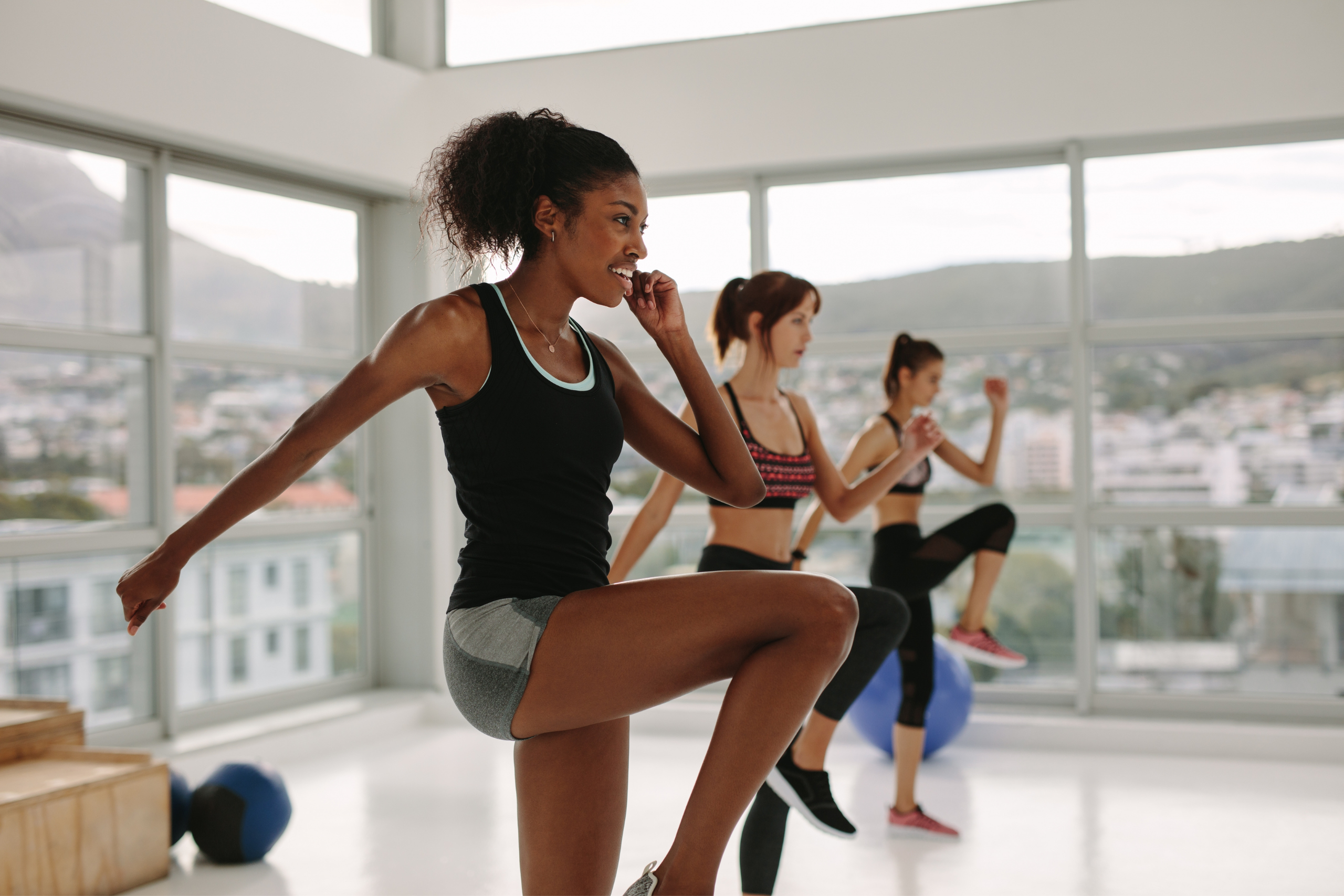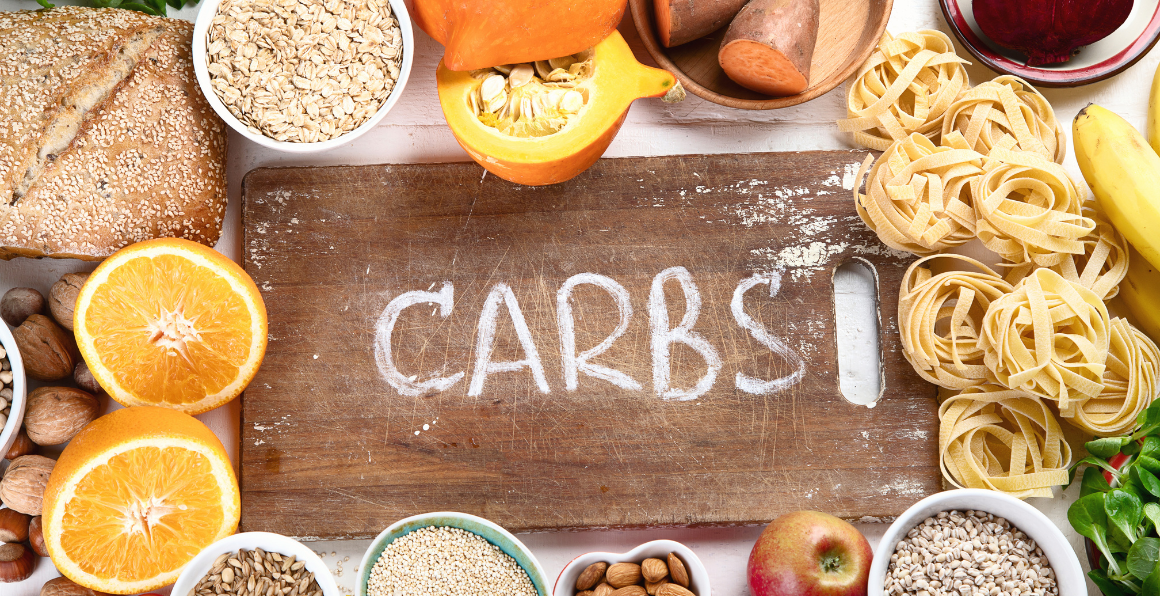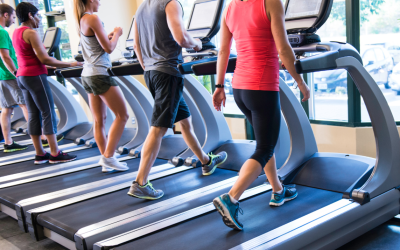Why Exercise and Blood Sugar Are Worth Paying Attention To
This topic isn’t rocket science, but sometimes we need a wake-up call because exercise and blood sugar are closely linked. After reading a great article on the health risks of prolonged sitting, I was reminded to re-evaluate my daily habits—for both my overall wellness and my blood sugar. It’s time to “step up” my activity routine and reduce my sitting time.
Is Sitting Too Much Causing You Health Problems?
There were years where I was sitting at my computer and on the phone, working a stressful job that barely allowed me to get up other than for lunch break. During that time I developed frozen shoulder. If you have ever had that you know it is very painful and luckily I was able to resolve it with physical therapy. Then when I felt it coming on in the other shoulder I knew what exercises and stretches to do to prevent it myself.
Then there were a couple years where I was averaging 20 hours a week in my car and then sitting with patients about 45 hours a week, so averaging 65 hours a week. Now when I do the math, that’s almost 40% of the time sitting!!! Yikes! It’s no wonder I developed muscle tightness, back pain and sciatic nerve issues. Again though, with chiropractic care and exercises I was able to recover. Yoga has been a big part of keeping my strength and flexibility over the years. But I tend to skip it during the summer and now I am feeling tight again!
I highly recommend you read this article, it’s easy reading and has great advice!
Getting Back to What I Love
Last weekend my daughter and I took a girls weekend to Duluth and the North Shore Lake Superior. This picture is of us on our 5 mile hike. I LOVE hiking! Hiking is one of my favorite ways to exercise, and this one was a great workout! We crossed a river halfway because the bridge was out—and I didn’t fall or get hurt!

Tracking Exercise and Blood Sugar with CGM: Sitting vs. Moving
I want to share a comparison from my continuous glucose monitor that shows how exercise and blood sugar are positively connected. You can also read more about CGM in this blog post.
The top graph is the day we went for the 5 mile hike from about 11am to 2pm. The 5-6 pm spike happened when we stopped for an appetizer and I had half a jumbo pretzel. Way too many carbs and no protein.
The bottom graph is a day where I sit. I drove in the morning and evening and sat seeing patients from 9am to 6pm. And the spikes are small meals or snacks. You can see that my blood sugar stays higher longer in the evening when I am driving and snacking because I finally have more time to eat.
These CGM graphs clearly show how movement impacts blood sugar. On the active hiking day, blood sugar stayed more stable—even with a high-carb snack—while on the sedentary day, levels stayed elevated longer. This highlights how exercise and blood sugar are closely connected, and how daily movement can make a real difference in managing blood sugar response.
My personal plan now to sit less, move more, and support better exercise and blood sugar balance:
- When I’m working at my desk, get up every 30 minutes and move
- Use my makeshift standing desk to mix up sitting and standing
- Get back to my yoga routine at least 3 days a week to increase my strength and flexibility
- Plan treadmill days when I can’t get outside and walk, garden or do yardwork
- Schedule my exercise into my calendar at the start of each week and day
If you sit more than you think, try tracking how many hours you spend sitting each day. Then adjust your routine as needed to move more and sit less.
Start moving more with what YOU can do. Just this past week, I met with a patient who had Covid about 4 months ago and later ended up in the hospital with life-threatening blood clots. She’s very lucky to have recovered as well as she has, and she told me, “I made myself get up and move even though I didn’t feel like it—and I think that helped me recover quicker.” At first, it was only 5 minutes at a time because she was so exhausted, but now she’s almost back to her normal work and routine. It’s a great reminder of how even small amounts of exercise can support recovery and help bring blood sugars back into control—a clear example of how exercise and blood sugar go hand in hand.
So the bottom line is . . . Keep moving those muscles!!! Need ideas to get motivated? Check out this blog post
And please share in the comments ways you have found to sit less and move more!







0 Comments